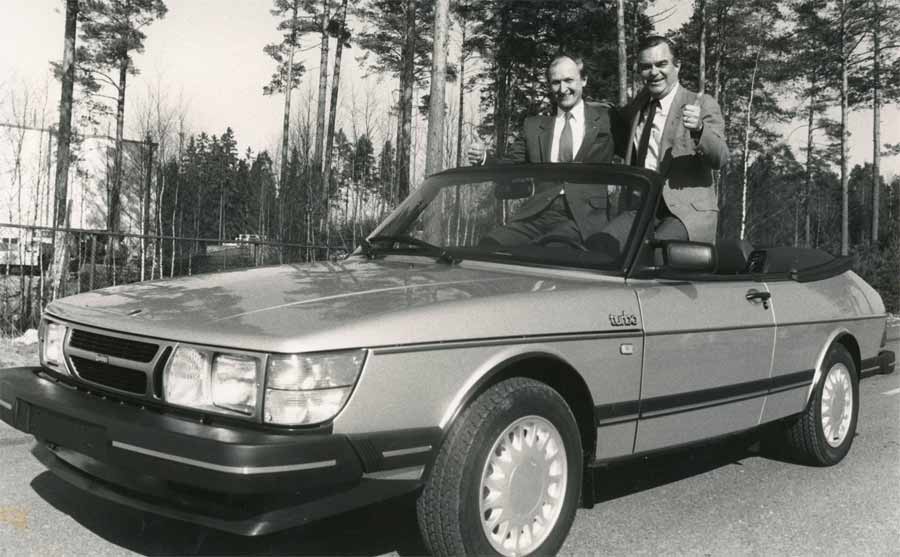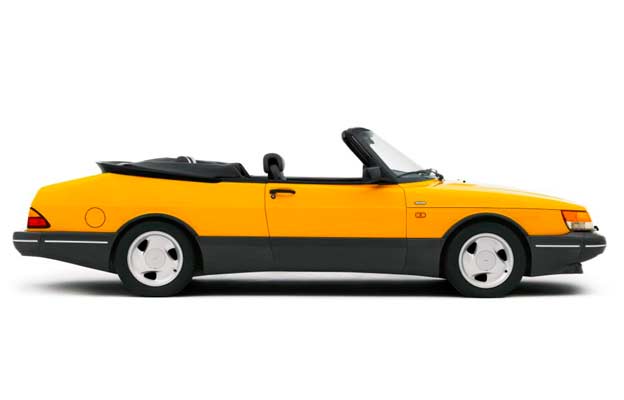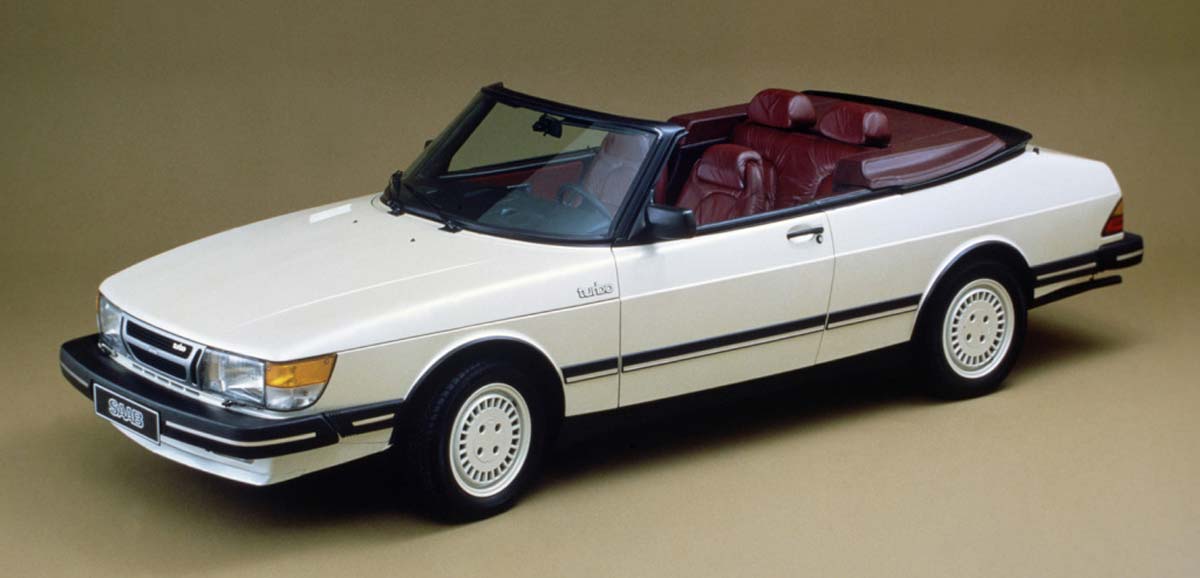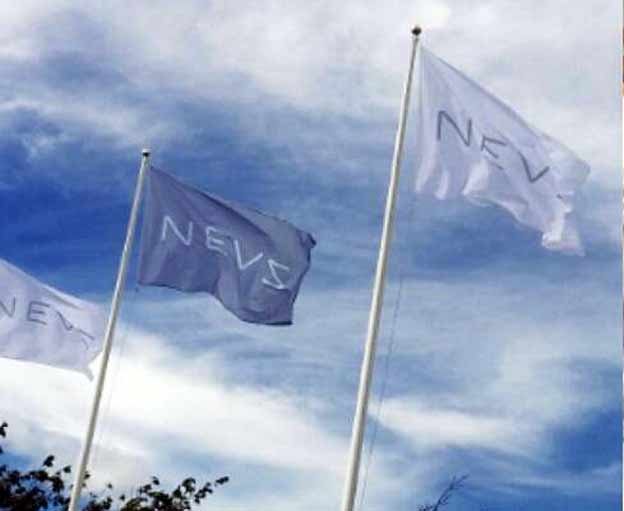At first glance, a Swedish-made convertible sounds like a bad joke to many car connoisseurs. Drop-top cars are made for countries that have a lot of sunny days during the year, and not for a country that stretches into the Arctic Circle. And at that moment, we come to one key moment and one key man, who made Scandinavian cars (and Volvo and then Saab cars) a cult status in the USA.
His name is Robert “Uncle Bob” J. Sinclair, and he was an astute American businessman. After a brief business trip to rival companies like VW and Volvo, Uncle Bob was placed in a hot seat in 1979 as Saab’s U.S. president, three years before his 50th birthday.
By the way, the first thing he celebrated that position with was to build a blood-trimmed 750 cc three-cylinder two-stroke Saab engine across into a BSA frame with which he made the country roads definitely unsafe.
Robert Sinclair then had a vision after the initial increase in sales: to make Saab a favorite American premium European brand, and that is what that brand has not been in Europe yet. But with the 900, Sinclair has a hunch there is something to be done. Its quirky look, its active and passive safety, its complete equipment, make it an ideal car for the American upper-middle class, eager to stand out while remaining discreet.

When Bob proposed to build a convertible for the USA, Erik knew that the design manager at home, Bjørn Envall, had some of these on the block. Thus, in 1984, they couped the Frankfurt stand with just such a car – without really knowing what to do next. The reception was formidable, so one had to take it seriously.
And now another cheerful gentleman appears on stage, German Heinz Prechter, who immigrated to the United States in 1965, when he immediately started ASC – American Sunroof Company. He was German throughout, there was no-nonsense with his constructions. In the Saab context, Heinz was smart enough to use many Buick elements (he had designed a convertible mechanism for them as well) for the complicated choreography that got the roof down or up. That he was allowed to build a car without a roll bar during the peak period of safety hysteria says a bit about the built-in safety of the Saab 900, and about how the engineers had managed to improve it.
It is probably the car that has changed the personality to the least extent between the open and closed versions. In fact, drivers felt that noise reduction was even better with a canvas roof than with the regular hard-top version.

Uncle Bob’s intuition was proven in practice and Saab soon found itself with a large number of ordered convertibles. The first 400 cars were made for the United States and the demand was so great that people bought them without a test drive. Some dealers couldn’t even keep their demo vehicles, there was such a rush of customers. By 1986, the Saab 900 convertible was in full production in Valmet Automotive and still, hopeful owners were facing a 12-month wait to get behind the wheel of open-top Saab 900.
It becomes the darling of the American artistic and intellectual world, and ends up selling also in Europe where it will also meet with some success, despite a very premium price! In the meantime, it will receive the facelift of all Saab 900s by abandoning the “flat nose” for a slightly more inclined front. It will also be available with all Saab engines, not just the Turbo versions.
In 1989, the American group GM, undoubtedly titillated by the success of Saab (which despite everything remains too small, in chronic deficit, and without means to develop its range), takes 50% of the capital of the Swedish manufacturer. The study of a new model based on an Opel Vectra heralds the end of the 900 (now called “classic”).
The first generation, built from 1986 to 1993, came in almost 50,000 copies. The second generation, which lasted until 2002, came just below of 150,000 copies. It was a car that was designed as a convertible from scratch, and was not a rebuilt version of an older model – and was then of course an even better, and uncompromising car than generation one.
The last generation of 9-3 Convertible, which lacks 465 copies to reach a unit number of 100,000, was built at Steyr in Austria, and no longer next to all the Porsches at Valmet Automotive.












If i remember right, Jeff DiCarlo an engineer had a lot to do with the design etc.